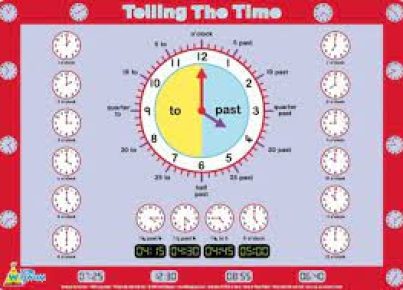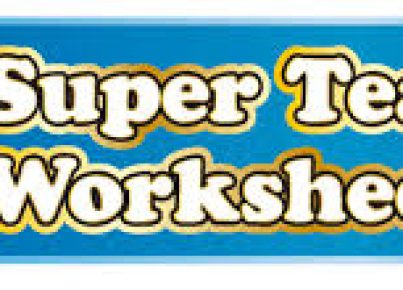Learning about the changes of state from solid to liquid is a fascinating aspect of physical science that intrigues learners of all ages. One question that often arises in this context is, “How long will it take to melt?” The answer is not straightforward, as it depends on several factors including the substance’s heat capacity, the temperature of the environment, and the source of heat energy.
Firstly, different substances have different melting points – the temperature at which a solid turns into a liquid. Water, for instance, melts at 0°C (32°F), while iron melts at about 1538°C (2800°F). The heat capacity of a substance, which is the amount of heat energy required to raise its temperature by one degree Celsius, also plays a critical role. Materials with high heat capacities require more energy and thus more time to reach their melting point.
Additionally, environmental temperature is an important variable. If the ambient temperature is close to the melting point of a substance, it will take less time to melt than if the environment is much cooler. Furthermore, the directness and strength of the heat source influence how quickly energy is transferred to the substance in question, thereby affecting the rate of melting.
In an educational setting, this topic can span multiple lessons within a Changing States Unit Plan. Here are some key lessons that might be included:
1.Introduction to States of Matter: Introduce students to solids, liquids, and gases and discuss characteristics and examples.
2.What Is Melting?: Define melting point and explain at what conditions materials change from solid to liquid.
3.Measuring Heat Energy: Teach how to measure temperature changes and introduce units such as Joules for heat energy.
4.Factors Affecting Melting Time: Dive into factors such as environmental temperature and substance properties that affect how long it takes a material to melt.
5.Experimental Investigations: Conduct experiments with substances such as ice or chocolate to observe melting and document time taken under various conditions.
6.Applying Knowledge: Encourage students to apply their understanding to real-world situations or problems involving melting.
When devising lesson plans for this concept, it’s important to include hands-on activities that make what could be an abstract concept into tangible experiences for students. This could involve experiments where students measure how long it takes ice cubes to melt at room temperature versus in hot water or using sunlight as a variable heat source.
In conclusion, “How Long Will It Take To Melt?” opens up discussions on thermal physics and material properties in an engaging way. Through experimentation and observation students can grasp these scientific principles practically while satisfying their inherent curiosity about everyday phenomena.





